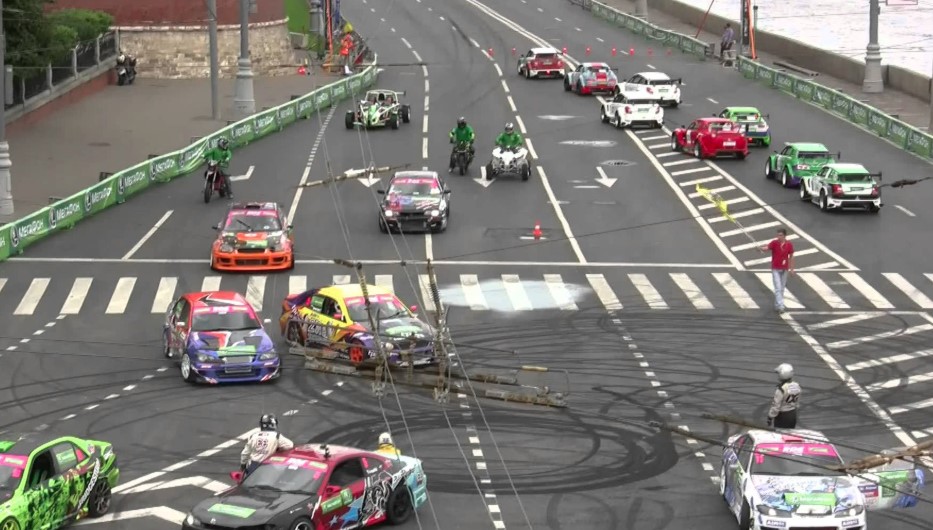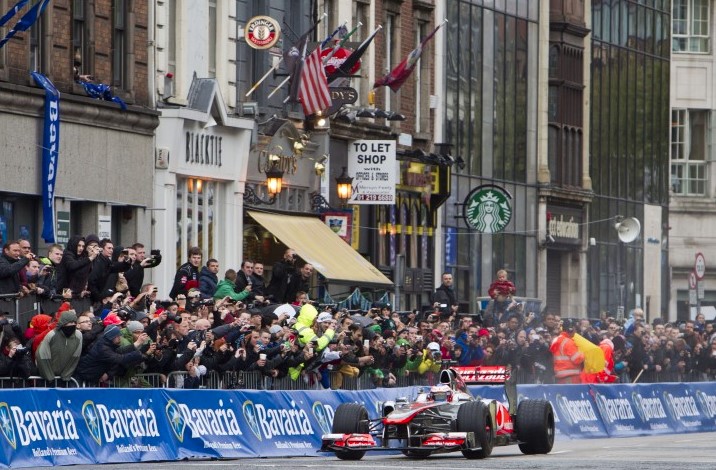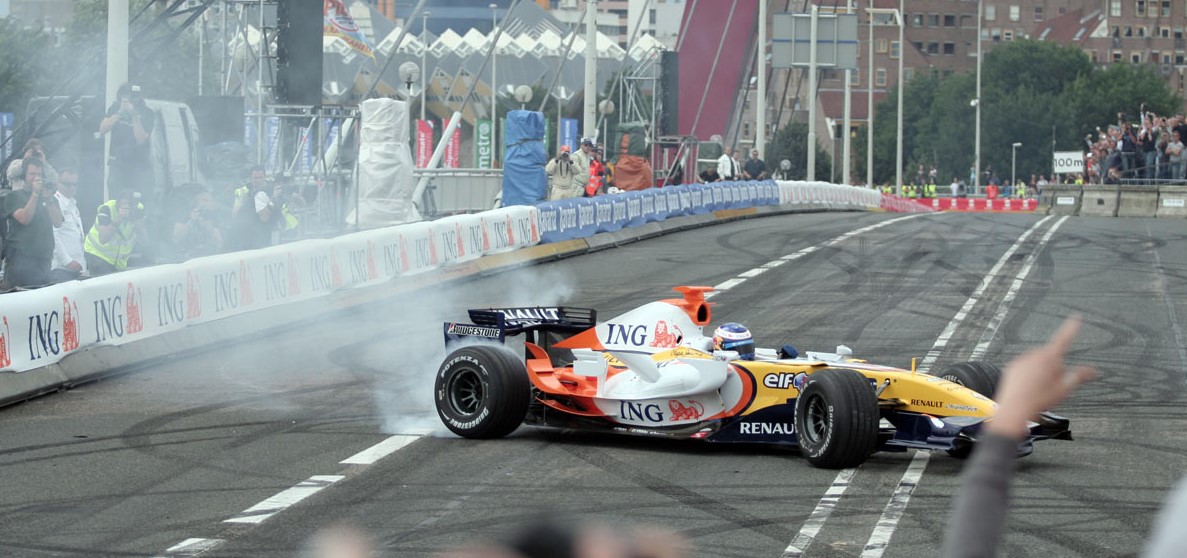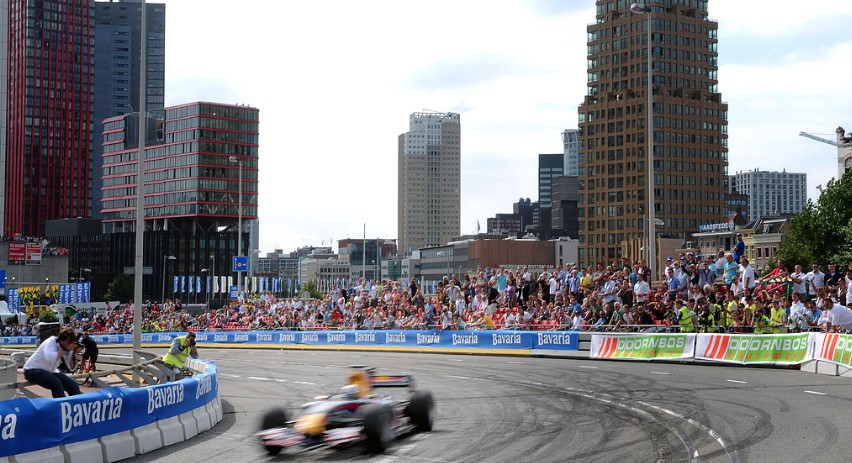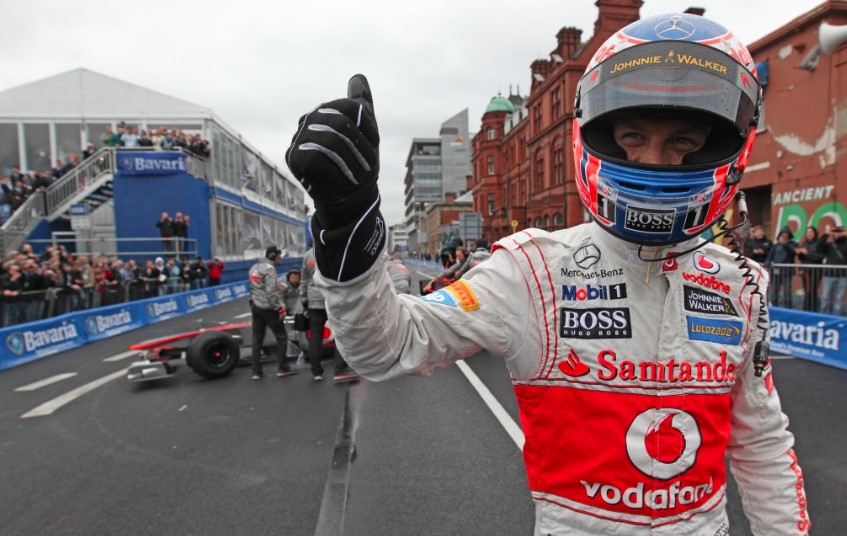
Bavaria City Racing
Bavaria City Racing is a Formula One exhibition where worldwide racecar drivers show up to showcase their racecars as well as to demonstrate their racing skills. It takes place in Rotterdam in the Netherlands. When the event first began, it went by the name Monaco aan de Maas. It had many participants over the years and in 2006, the event organizers saw it fit to rename it as Bavaria City Racing. Here is a breakdown of the event’s activities to date:
